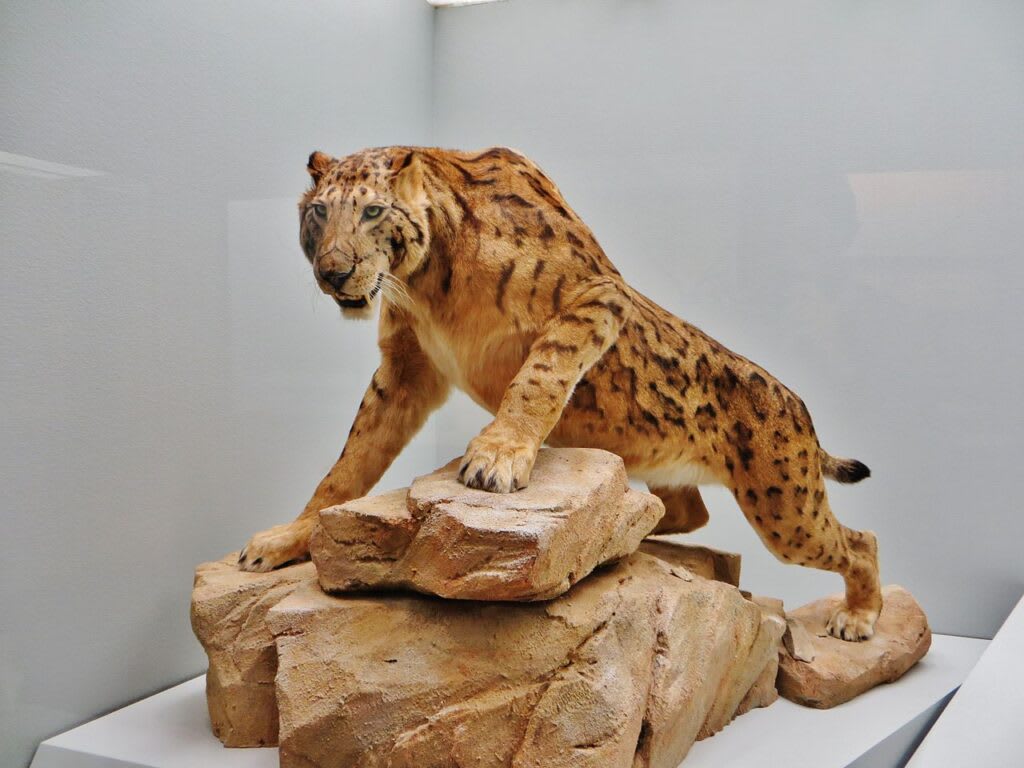18-Million-Year-Old Teeth Hold Oldest Proteins from Giant Prehistoric Beasts

Unearthing the Secrets of Ancient Proteins
In the arid expanse of Kenya’s Turkana Basin, a team of scientists has uncovered something extraordinary—tiny fragments of protein preserved within the fossilized teeth of prehistoric elephants, hippos, and rhinos. These proteins, dating back 18 million years, represent the oldest known protein remnants ever recovered, extending the record fivefold and opening a new chapter in our understanding of evolutionary history.
The Whispering Teeth
For decades, paleogenetics has been instrumental in reconstructing the family trees of extinct animals, including humans. However, DNA is notoriously fragile, often degrading beyond recognition after a million years. The oldest confirmed ancient DNA, found in Greenland, dates to just 2 million years ago. In contrast, proteins are more resilient, composed of chains of amino acids that can endure longer, especially when trapped inside minerals like those found in tooth enamel.
Despite this, no one anticipated such long-term survival, particularly in an environment as harsh as the Turkana Basin, one of the hottest regions on Earth. Daniel Green, an evolutionary biologist at Harvard University and lead author of the study published in Nature, admitted the odds were not favorable. “The Rift Valley has been one of the persistently hottest places in the world for over 5 million years,” he said.
By carefully drilling powdered enamel from fossil teeth, Green and his colleagues gave ancient biochemistry a chance to speak. “It’s like being a dentist for a little bit,” he remarked.
A Fragile Archive, Locked in Rock
The survival of these proteins can be attributed to the unique properties of enamel. “Enamel is mostly rock: a mineral called hydroxyapatite,” Green explained. However, it isn’t just a passive shell. Enamel forms through a process guided by proteins, which become locked inside its dense structure. This burial helps protect them from moisture, bacteria, and heat—the primary threats to molecular preservation.
Importantly, enamel contains only a small amount of protein (about 1%), but this tiny fraction may be key. “Whatever protein is present ends up sticking around a lot longer,” said Green.
The team recovered protein fragments from teeth found across Turkana, ranging in age from 1.5 to 18 million years. They even detected ambiguous peptides in a 29-million-year-old fossil, though these weren’t classified with high confidence. Overall, the number of protein fragments decreased with age, following an expected pattern of degradation over time.
Resurrecting Lost Family Trees
Because protein sequences are encoded by DNA, their structure can reveal how extinct species are related to modern ones. In this study, the team compared enamel proteins from the fossils with sequences from living mammals. Their analysis showed that the 18-million-year-old rhino from Loperot was closely related to modern rhinos like Ceratotherium and Diceros. Similarly, a 16-million-year-old proboscidean from Buluk shared enamel sequences with today’s elephants. A hippo fossil from Lothagam aligned with living hippos—and intriguingly, with whales, its close evolutionary cousins.
“This allows researchers to clarify evolutionary relationships across the tree of life, even for species that went extinct millions of years ago,” said Ryan Sinclair Paterson, a paleoproteomics researcher who led a similar study in Canada’s High Arctic.
From Mammals to Dinosaurs?
This research adds a significant new tool to the growing field of paleoproteomics. Until now, most protein studies focused on relatively young fossils—often less than 4 million years old—and in cold or dry climates. While the study recovered fewer protein fragments from older fossils, Green remains optimistic. “Newer and better methods for extracting and detecting ancient proteins could, perhaps, push paleoproteomics into the Mesozoic.”
In other words, the age of dinosaurs. That’s still a speculative goal, but this research provides a crucial proof of concept: that meaningful molecular data can survive in tropical fossils far older than anyone had imagined.
Post a Comment for "18-Million-Year-Old Teeth Hold Oldest Proteins from Giant Prehistoric Beasts"
Post a Comment